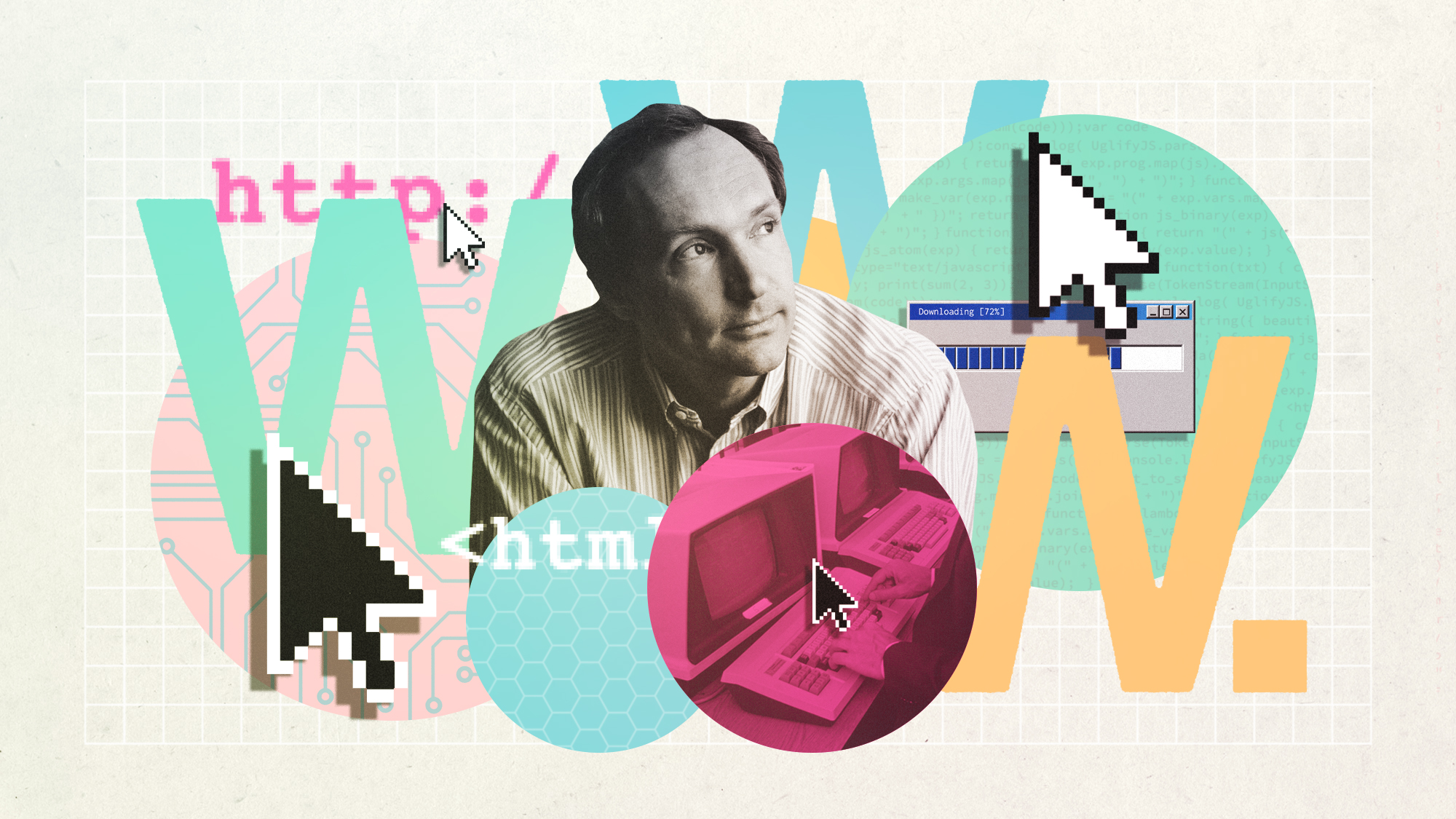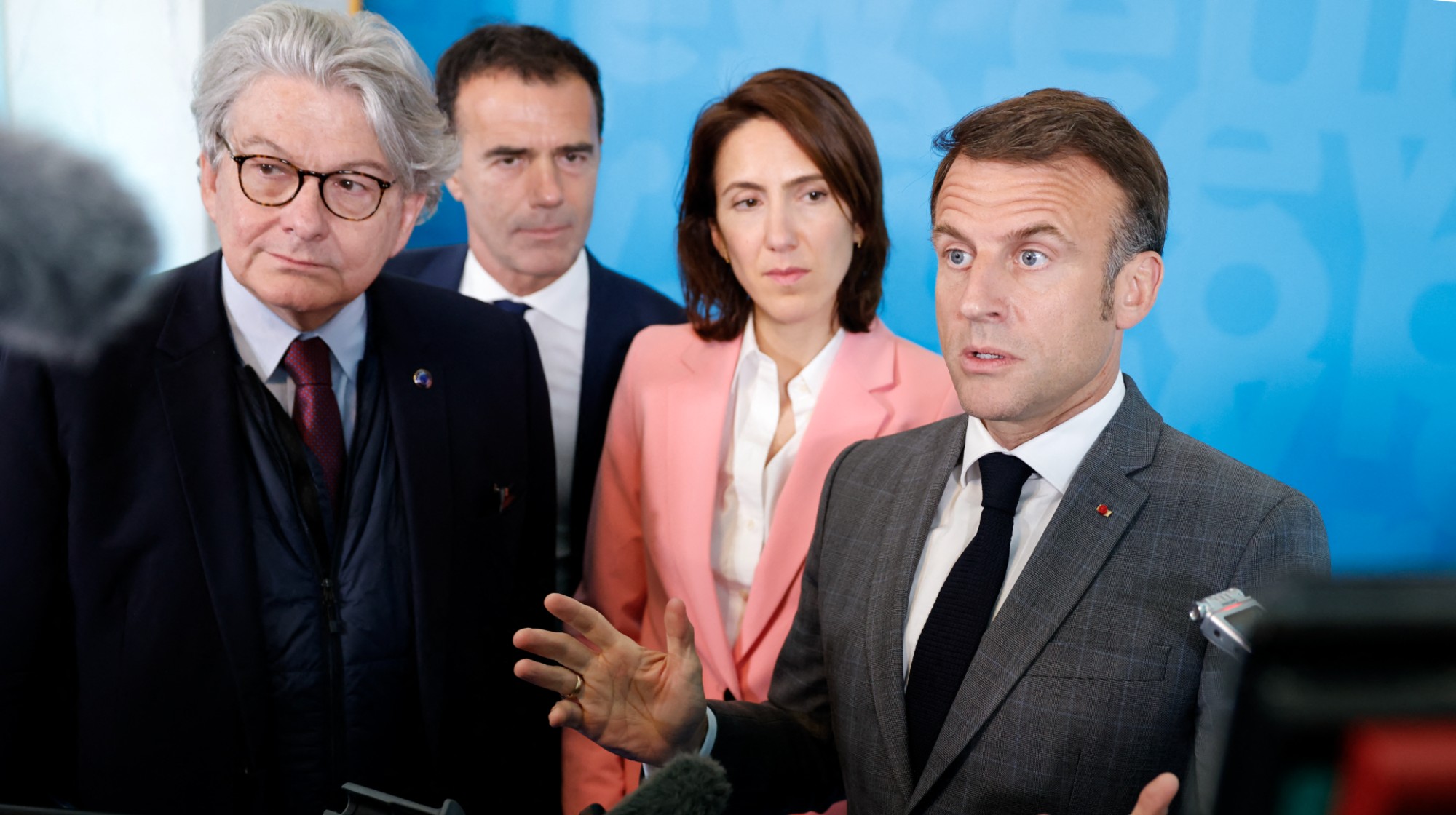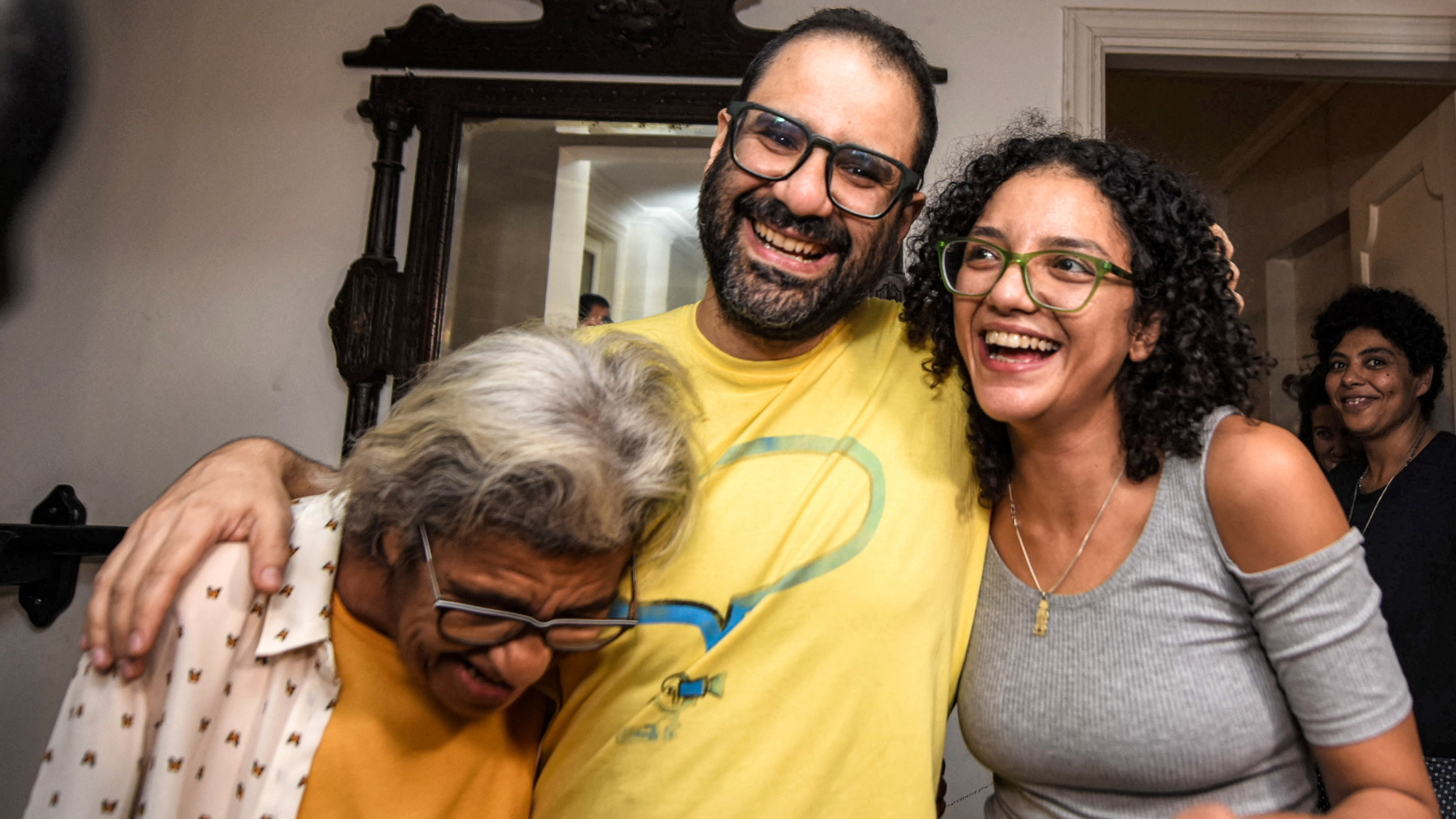The World Wide Web explained in 60 seconds: ideas that changed the world
Now over 30 years old, the web has changed every aspect of human life

In this series, The Week looks at the ideas and innovations that permanently changed the way we see the world.
The World Wide Web in 60 seconds
The World Wide Web is the collection of web resources and pages (like this one) that can be accessed via the web browser of an internet-enabled device.
Web resources are connected to each other by hyperlinks attached to bits of text or media, and each one is uniquely identifiable by its uniform resource locator (URL).
The Week
Escape your echo chamber. Get the facts behind the news, plus analysis from multiple perspectives.

Sign up for The Week's Free Newsletters
From our morning news briefing to a weekly Good News Newsletter, get the best of The Week delivered directly to your inbox.
From our morning news briefing to a weekly Good News Newsletter, get the best of The Week delivered directly to your inbox.
Web resources can be any type of downloadable media - images, music clips, videos - but web pages are typically documents formatted in a language called HTML code.
Multiple web resources or pages with a common theme make up a website. Websites are stored in web servers, the programmes that respond to requests made over the internet from different devices’ web browsers.
Put simply, the web is an information retrieval service that gives users access to a vast array of documents and resources.
How did it develop?
The World Wide Web was invented by British scientist Sir Tim Berners-Lee in 1989, when he was working as a software engineer at CERN, the large particle physics laboratory near Geneva, Switzerland.
A free daily email with the biggest news stories of the day – and the best features from TheWeek.com
Berners-Lee noticed that fellow scientists were struggling to share information. "I found it frustrating that in those days there was different information on different computers, but you had to log on to different computers to get at it," he said.
Berners-Lee submitted his vision for the web to his boss, Mike Sendall, in a document called "Information Management: A Proposal".
Sendall scribbled a note on the front – "vague, but exciting" – and gave Berners-Lee the time he needed to develop the concept.
By October 1990, Berners-Lee had developed the three technologies that remain the pillars of today’s web: HTML, URL and HTTP.
- HTML code is the language used to structure a web page. It is text that is syntactically distinct from the content of the web page.
- URL (or URI) is the Uniform Resource Locator/Identifier, the address that is used to uniquely identify every resource on the web.
- HTTP is the underlying protocol - the agreed format for exchanging data between two devices - that allows for the retrieval of hyperlinked resources from across the web. When you enter a URL in your browser, you send an HTTP command to the web server telling it to find and transmit the requested page to your device.
Berners-Lee created the first web page and browser in 1990, and by 1991 people outside CERN were quickly joining the new web community.
He realised that the web had to be free to all for its benefits to be truly realised: "If the technology been proprietary, and in my total control, it would probably not have taken off."
"The decision to make the Web an open system was necessary for it to be universal. You can’t propose that something be a universal space and at the same time keep control of it," he said.
Various internet browsers were developed following the decision to make the web free for all, and in 1995 Microsoft developed its own web browser as an add-on to the Windows 95 operating system.
Internet Explorer became the most popular browser worldwide, before desktop browsing and then smartphone competitors overtook it.
Smartphone usage accounted for over half of all web traffic in 2023, according to Statista.
How did it change the world?
The early web community was responsible for some revolutionary ideas that are now key battlegrounds between internet freedom campaigners and governments.
The World Wide Web was designed to be decentralised, non-discriminatory, open to all, and universal.
"No permission is needed from a central authority to post anything on the web, there is no central controlling node, and so no single point of failure… and no 'kill switch'!" according to Berners-Lee’s World Wide Web Foundation. The web requires "freedom from indiscriminate censorship and surveillance".
It created an arena where anyone, anywhere with internet access, could use the web to "learn, earn, create and dream without asking for permission" said the foundation.
It has brought people together by allowing the exchange of stories and experiences between people with very different lives.
"The conversations (and arguments) may not always be civil, but it’s a remarkable achievement to bring people together no matter where they are in the world, even if we mainly use it to complain about TV shows," said Tech Radar.
It has changed every single aspect of human life, including dating, eating, travel, entertainment, news, music, academia and health.
As Berners-Lee tweeted from a desk on stage in the middle of the London 2012 Olympics opening ceremony, when it comes to the web: "This is for everyone."
-
 Shots fired in the US-EU war over digital censorship
Shots fired in the US-EU war over digital censorshipIN THE SPOTLIGHT The Trump administration risks opening a dangerous new front in the battle of real-world consequences for online action
-
 What will the US economy look like in 2026?
What will the US economy look like in 2026?Today’s Big Question Wall Street is bullish, but uncertain
-
 Alaa Abd el-Fattah: should Egyptian dissident be stripped of UK citizenship?
Alaa Abd el-Fattah: should Egyptian dissident be stripped of UK citizenship?Today's Big Question Resurfaced social media posts appear to show the democracy activist calling for the killing of Zionists and police